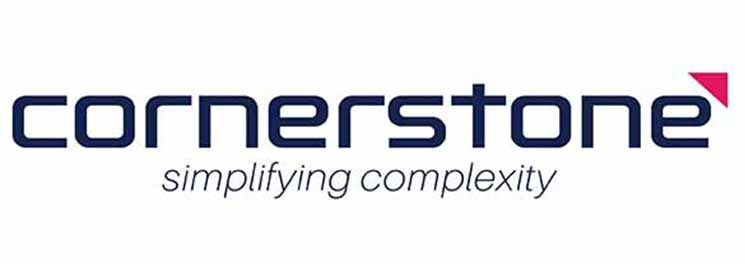
Supply Chain Transformation: Developing a Compelling ROI Narrative for Your Business Case
Want to get your supply chain business case across the line? Make sure you’re building the right narrative.
The act of writing a business case should be fairly simple, but hardly ever is. Why? Because you have to convince the people who make the investment decisions that a significant change is required. And as we all know, change is rarely easy – no matter how necessary.
For supply chain leaders, there’s an extra level of complexity. While you may know that your under-invested function is in desperate need of transformation, you’re usually not the one making the final investment decision on new projects or solutions. Or at least, not the only one – even if supply chain does have a seat at the executive leadership table, you still need to convince the other leaders (particularly the Chief Financial Officer) of the compelling case for change.
Time and time again, we hear of embryonic supply chain transformation projects that never even make it past the business case stage. We’ve already discussed some of the drivers of this, including the fact that many business cases are prepared without the right level of collaboration across the business.
Unfortunately, undercooked business cases nearly always face serious issues with demonstrating ROI that appeals to the executive team, including the CFO. Today we’re diving into the topic of demonstrating ROI in your supply chain business case in greater detail.
What is an ROI narrative?
If we could offer only one piece of advice when it comes to building winning business cases, it would be this: create a compelling ROI narrative for your project. No, we’re not advocating for making up stories – this is all about painting a clear picture of the anticipated headline benefits. And those benefits need to speak to the broader executive team in their language – not just the supply chain function.
To build your ROI narrative, you’ll need to consider four overarching business objectives: Increase Revenue, Reduce Cost, Reduce Working Capital and CAPEX / Cost Avoidance. Most supply chain leaders will be comfortable with the final two – we live and breathe those drivers. In fact, if you’ve already prepared an investment business case, you’ve probably touted the anticipated benefits of “reduce inventory by X%” or “reduce expedited freight costs by Y%”.
However, many supply chain leaders encounter challenges when it comes to teasing out the first two – increasing revenue and reducing cost. Traditionally, these areas have been the domain of the CFO, however you’ll need to be able to articulate ROI and benefits across all four areas holistically to have the best chance of success with your business case.
During your collaborative business case build, we suggest raising for consideration the value drivers that are going to deliver on the business objectives of increasing revenue and reducing costs. You’ll need to think about how you can demonstrate outcomes such as improving availability, avoiding lost sales, and customer satisfaction, or savings from the decommissioning of legacy IT systems.
Inventory savings, emergency freight figures and other supply chain outcomes are still an important component of your business case, but they may not be the headline you need to sell it.
What should my supply chain ROI narrative look like?
Unfortunately, there’s no single answer or formula for this question. Every supply chain and organisation is different, and you’ll need to construct your narrative to demonstrate alignment with the right objectives. Of course, the supply chain investment proposal must be linked to and support the business strategy in a better way than the current state of play.
Simple is usually better. When we are working with clients during the business case development stage, we always aim for a handful of bullet points that can be pulled out of the business case and reused whenever you need to speak to the project and its benefits, for example:
Company A Supply Chain Transformation Project: Expected Outcomes
If you’re feeling creative, the points can even be turned into a simple infographic that can be added to presentations and shared whenever you need to tout the anticipated benefits of the project (either internally or externally). It doesn’t really matter how you present your narrative, as long as it’s clear.
The key takeaway is that your end narrative should be compelling yet simple. A bad narrative will lay the foundation for a bad business case, which carries heavy penalties in terms of time and resources – with no forward movement for the supply chain department. We strongly recommend enlisting independent help to get it right.
If you are considering a strategic transformation of your supply chain, we would love to help. We support supply chain leaders across a range of industries to create business cases that articulate the strategic value of the investment, as well as the anticipated ROI over long-term planning horizons. Reach out here to find out more or call 1300 841 048.





